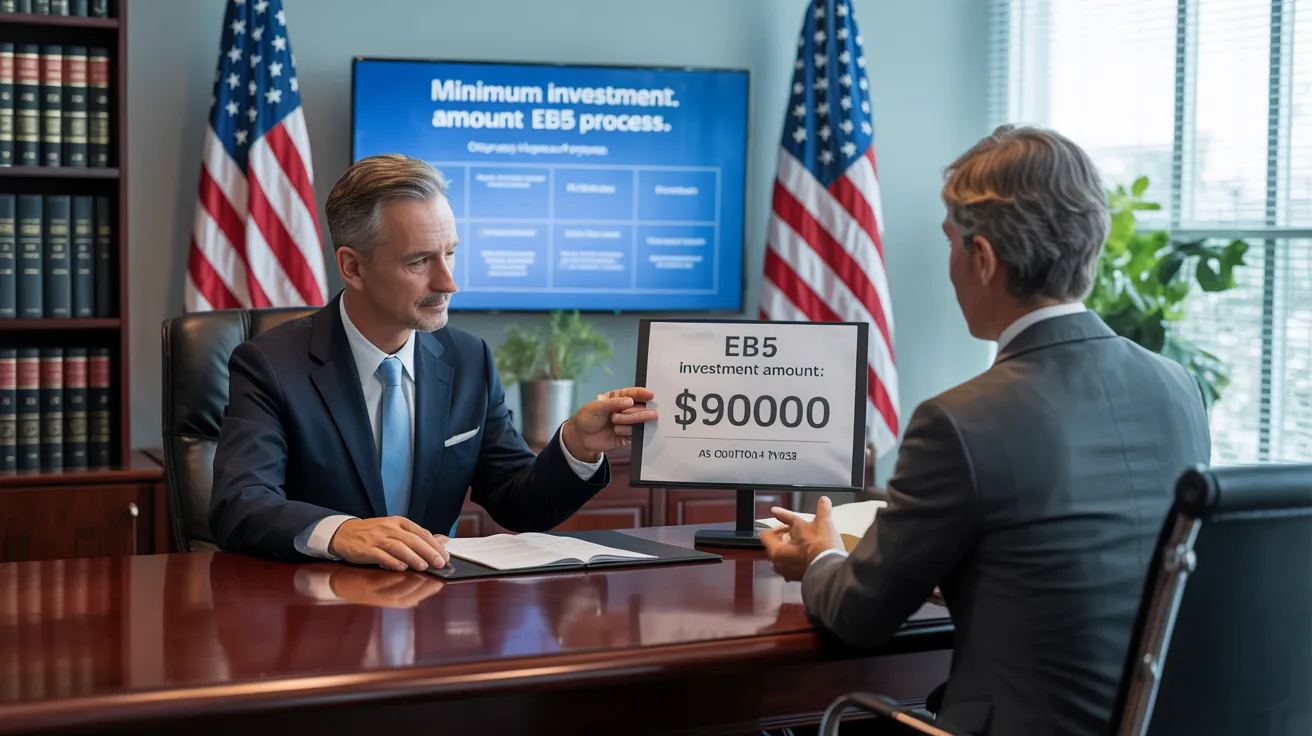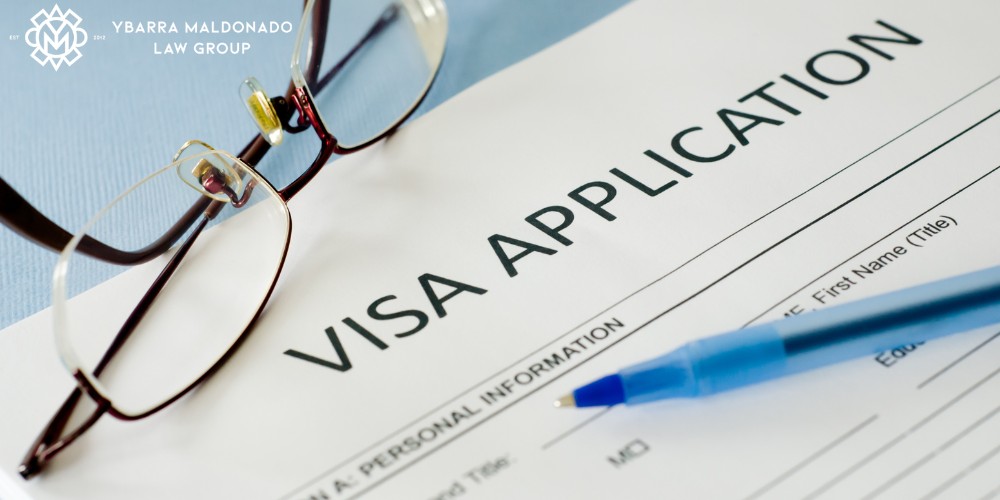Apply for L1 Visa
L1 Visa Can Be Fun For Everyone
Table of ContentsThe 8-Minute Rule for L1 VisaL1 Visa Fundamentals ExplainedTop Guidelines Of L1 VisaSome Known Details About L1 Visa Some Ideas on L1 Visa You Need To Know8 Easy Facts About L1 Visa Described
Readily Available from ProQuest Dissertations & Theses Worldwide; Social Scientific Research Premium Collection. DHS Workplace of the Examiner General. Fetched 2023-03-26.
U.S. Department of State. Recovered 22 August 2016. "Workers paid $1.21 an hour to set up Fremont tech business's computers". The Mercury News. 2014-10-22. Retrieved 2023-02-08. Costa, Daniel (November 11, 2014). "Obscure short-lived visas for international technology employees depress earnings". Capital. Tamen, Joan Fleischer (August 10, 2013). "Visa Holders Change Workers".
The Buzz on L1 Visa
In order to be qualified for the L-1 visa, the foreign firm abroad where the Recipient was used and the United state business need to have a qualifying partnership at the time of the transfer. The various kinds of qualifying relationships are: 1.
Business An owns 100% of the shares of Business B.Company A is the Parent and Company B is a subsidiary. There is a qualifying connection between the two business and Firm B need to be able to sponsor the Beneficiary.
Example 2: Business A is included in the U - L1 Visa.S. and wants to petition the Beneficiary. Business B is incorporated in Indonesia and employs the Beneficiary. Company A has 40% of Company B. The staying 60% is had and managed by Business C, which has no relationship to Firm A.Since Company A and B do not have a parent-subsidiary relationship, Business A can not sponsor the Recipient for L-1.
Company A has 40% of Company B. The remaining 60% is had by Company C, which has no connection to Company A. Nonetheless, Business A, by official agreement, controls and complete manages Firm B.Since Firm A has less than 50% of Firm B but manages and manages the business, there is a qualifying parent-subsidiary relationship and Firm A can sponsor the Recipient for L-1.
Indicators on L1 Visa You Need To Know
Affiliate: An affiliate is 1 of 2 subsidiaries thar are both had and regulated by the same parent or person, or possessed and regulated by the same group of people, in basically the same ratios. a. Instance 1: Firm A is incorporated in Ghana and employs the Beneficiary. Business B is integrated in the united state
Business C, likewise integrated in Ghana, has 100% of Business A and 100% of Business B.Therefore, Business A and Business B are "affiliates" or sister companies and a qualifying partnership exists in between the two companies. Company B must have the ability to fund the Beneficiary. b. Example 2: Business A is incorporated in the united state
Company A is 60% owned by Mrs. Smith, 20% possessed by Mr. Doe, and 20% owned by Ms. Brown. Company B is incorporated in Colombia and presently uses the Beneficiary. Business B is 65% owned by Mrs. Smith, 15% owned by Mr. Doe, and 20% owned by Ms. Brown. Company A and Firm B are associates and have a certifying partnership in 2 various methods: Mrs.
The L-1 visa is an employment-based visa classification developed by Congress in 1970, permitting multinational business to move their managers, executives, or vital employees to their U.S. procedures. It is L1 Visa requirements generally referred to as the intracompany transferee visa.

Additionally, the beneficiary needs to have functioned in a managerial, executive, or specialized employee position for one year within the 3 years coming before the L-1A application in the international business. For brand-new workplace applications, international work should have been in a managerial or executive ability if the recipient is involving the USA to work as a manager or exec.
Not known Incorrect Statements About L1 Visa

If provided for an U.S. business functional for greater than one year, the initial L-1B visa is for as much as 3 years and can be extended for an extra 2 years (L1 Visa). Conversely, if the united state firm is newly established or has been functional for much less than one year, the initial L-1B visa is provided for one year, with expansions available in two-year increments
The L-1 visa is an employment-based visa category established by Congress in 1970, enabling multinational business to move their supervisors, execs, or key personnel to their U.S. procedures. It is commonly referred to as the intracompany transferee visa. There are two primary kinds of L-1 visas: L-1A and L-1B. These kinds appropriate for workers employed in various settings within a firm.
4 Easy Facts About L1 Visa Shown
Furthermore, the beneficiary must have functioned in a supervisory, executive, or specialized employee placement for one year within the three years preceding the L-1A application in the international business. For new office applications, international work has to have remained in a supervisory or executive ability if the beneficiary is involving the United States to function as a supervisor or exec.
for as much as 7 years to manage the procedures of the united state learn more affiliate as an executive or manager. If provided for an U.S. firm that has been functional for even more than one year, the L-1A visa is at first approved for as much as three years and can be L1 Visa requirements prolonged in two-year increments.
If provided for an U.S. company operational for greater than one year, the preliminary L-1B visa is for approximately 3 years and can be expanded for an added two years. On the other hand, if the united state firm is recently developed or has been functional for less than one year, the first L-1B visa is provided for one year, with expansions offered in two-year increments.